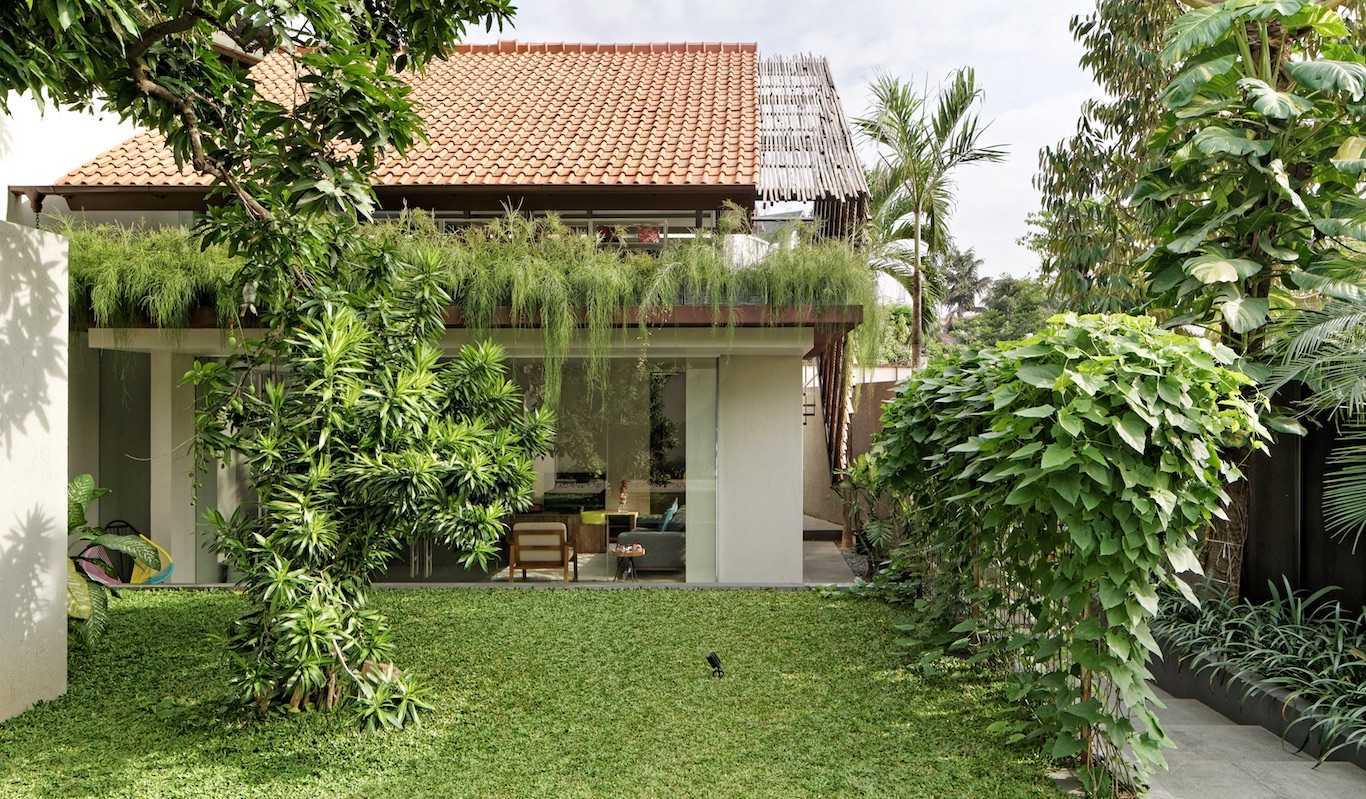Choosing the Right Hues Good Colors for Your Living Room
Setting the Tone Creating a Welcoming Atmosphere Selecting the right colors for your living room…

Setting the Tone
Creating a Welcoming Atmosphere
Selecting the right colors for your living room is crucial in setting the tone and ambiance of the space. Whether you’re aiming for a cozy retreat, a vibrant gathering spot, or a serene oasis, the colors you choose can make a significant impact on how the room feels and functions. By understanding the psychology of color and considering factors such as lighting, size, and style, you can ensure that your living room reflects your personal taste and enhances your overall home décor.
Understanding the Basics
Before diving into color selection, it’s essential to understand the basics of color theory. Colors can be categorized into three primary groups: warm, cool, and neutral. Warm colors, such as reds, oranges, and yellows, tend to create a cozy and inviting atmosphere, while cool colors, such as blues, greens, and purples, evoke a sense of calm and tranquility. Neutral colors, such as whites, grays, and beiges, provide a versatile backdrop that complements a wide range of décor styles and color palettes.
Considering the Size and Lighting
When choosing colors for your living room, consider the size and lighting of the space. Lighter colors can help smaller rooms feel more open and spacious, while darker colors can add depth and coziness to larger rooms. Additionally, natural light can affect how colors appear in a room, with brighter rooms often amplifying colors and darker rooms muting them. Take note of the direction and intensity of light in your living room throughout the day to ensure that your chosen colors look their best in all lighting conditions.
Exploring Color Psychology
Color psychology examines how different colors can influence mood, emotion, and behavior. For example, shades of blue are often associated with calmness and relaxation, making them ideal choices for living rooms designed for unwinding and rejuvenating. On the other hand, vibrant hues like reds and yellows can energize and stimulate conversation, making them suitable for lively gathering spaces. By understanding the psychological effects of color, you can choose hues that support the atmosphere and function of your living room.
Choosing a Color Palette
Once you’ve considered the basics of color theory, size, lighting, and psychology, it’s time to choose a color palette for your living room. Start by selecting a primary color that sets the tone for the space, then layer in complementary colors to add depth and interest. Consider incorporating a mix of tones and textures to create visual contrast and balance. Experiment with paint swatches, fabric samples, and décor accents to find the perfect combination of colors that reflects your personal style and complements your existing home décor.
Exploring Trending Colors
While timeless classics like neutrals and earth tones never go out of style, exploring trending colors can provide inspiration and freshen up your living room décor. Each year, design experts and color forecasters release predictions for the hottest hues, ranging from bold and vibrant shades to soft and soothing pastels. Keep an eye on emerging trends in interior design and consider incorporating trendy colors through paint, furniture, textiles, and accessories to give your living room a contemporary and stylish update.
Experimenting with Accent Colors
Incorporating accent colors is a great way to add personality and visual interest to your living room. Accent colors are typically used in smaller doses to highlight architectural features, create focal points, or infuse pops of color into the space. Consider adding accent colors through throw pillows, area rugs, artwork, and decorative accessories. By strategically layering accent colors throughout your living room, you can create a cohesive and harmonious look that feels polished and pulled together.
Personalizing Your Space
Ultimately, choosing the right colors for your living room is a personal decision that should reflect your unique tastes, preferences, and lifestyle. Don’t be afraid to experiment with different color combinations, textures, and patterns until you find the perfect mix that feels like home. Whether you opt for timeless neutrals, bold statement hues, or somewhere in between, the key is to create a space that makes you feel comfortable, inspired, and happy to call your own. Read more about good colors for living room







